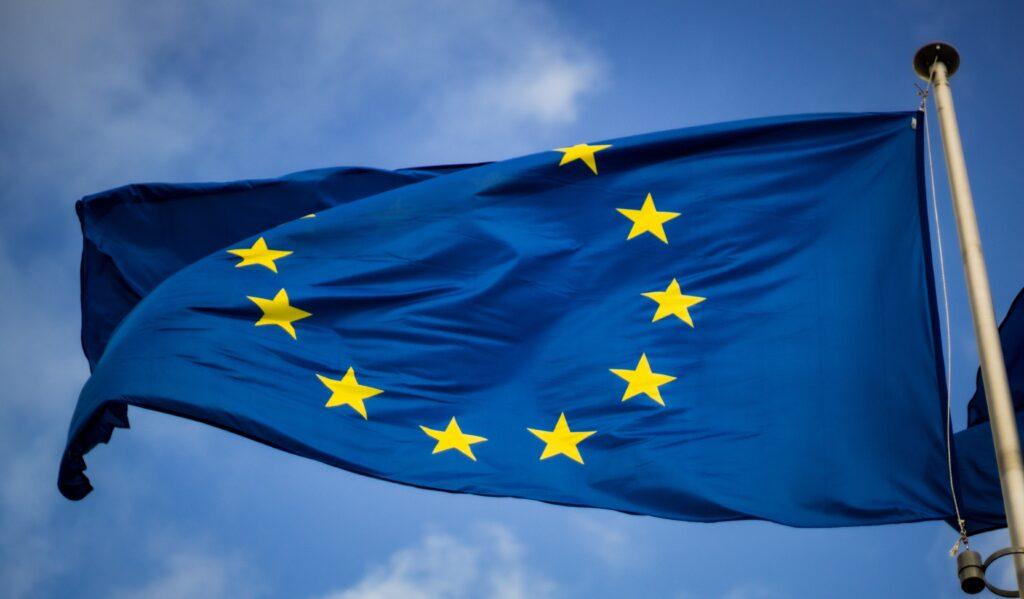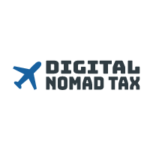Europe vs European Union vs Schengen Area are three terms that are often used interchangeably. However, they actually refer to different concepts.
Unfortunately, many digital nomads mix them up. Therefore, I decided to dedicate an article to their differences and similarities.
They all have to do with Europe in some way. Nevertheless, they represent different aspects of European geography, politics, and travel.
Europe
Europe is a continent that spans from the Atlantic Ocean to the Ural Mountains in Russia.
It is home to many countries, each with its own culture, language, and history. Some of the most well-known European countries include France, Germany, Spain, Italy, Greece, and the United Kingdom.
Europe is a diverse continent, with many different landscapes, climates, and people.
Basically, Europe is a geographical term.

European Union
The European Union (EU) is a political and economic union of 27 member states primarily located in Europe.
It was formed to promote peace, economic cooperation, and political stability. The EU has a single market and a customs union that allow for the free movement of goods, services, and people within its borders.
The EU also has a common currency, the euro, which is used by 19 member states.
For digital nomads, it’s important to understand that the EU sets certain tax and immigration rules that apply to its member states.
Schengen Area
The Schengen Area is a group of 28 European countries that have abolished passport and other types of border control at their mutual borders.
In this way they created a single area for travel purposes. This means that digital nomads can travel freely within the Schengen Area without showing their passport or other travel documents.
It’s important to note that not all EU member states are part of the Schengen Area. And, not all Schengen Area countries are part of the EU.
On the one hand, Cyprus and Ireland are EU member states but are not part of the Schengen Area. Bulgaria and Romania joined the Schengen Area from March 2024.
On the other hand, Iceland, Liechtenstein, Norway and Switzerland are part of the Schengen Area but are not EU member states.
The UK was an EU member state until 2020 but was never part of the Schengen Area.
Difference European Union vs Schengen Area
The EU and the Schengen Area have overlapping goals and objectives. Yet, they are not the same thing.
Consequently, it’s important for digital nomads to understand the differences between them.
For example, digital nomads who are EU citizens can live and work in any EU member state without needing a work permit. Nonetheless, they still need to follow the tax rules of each country they work in.
Similarly, non-EU digital nomads can travel freely within the Schengen Area for up to 90 days within a 180-day period. Still, they may need to obtain a visa or work permit to work in a particular country.
Conclusion: Europe vs European Union vs Schengen Area
In conclusion, digital nomads need to understand the differences between Europe vs European Union vs Schengen Area.
They each have their own rules and regulations that can impact digital nomads who travel and work in Europe.
Understanding the different regulations and tax laws of each country is essential for digital nomads to avoid any legal or tax issues while traveling and working in Europe.


